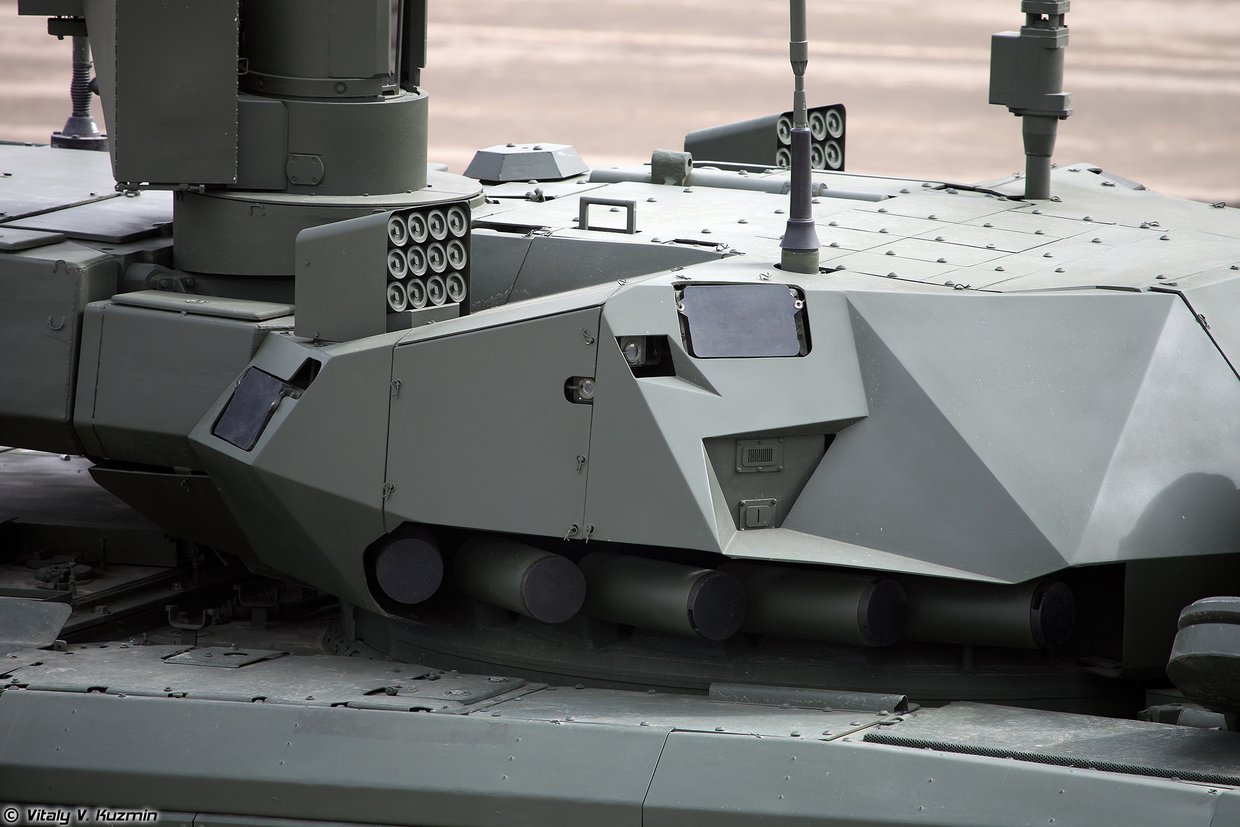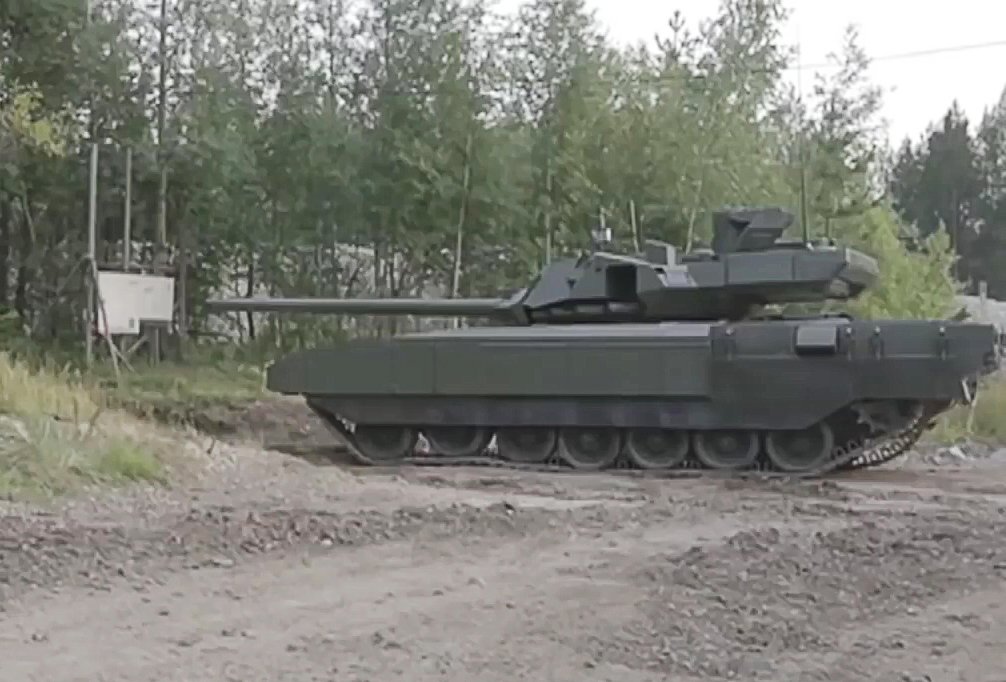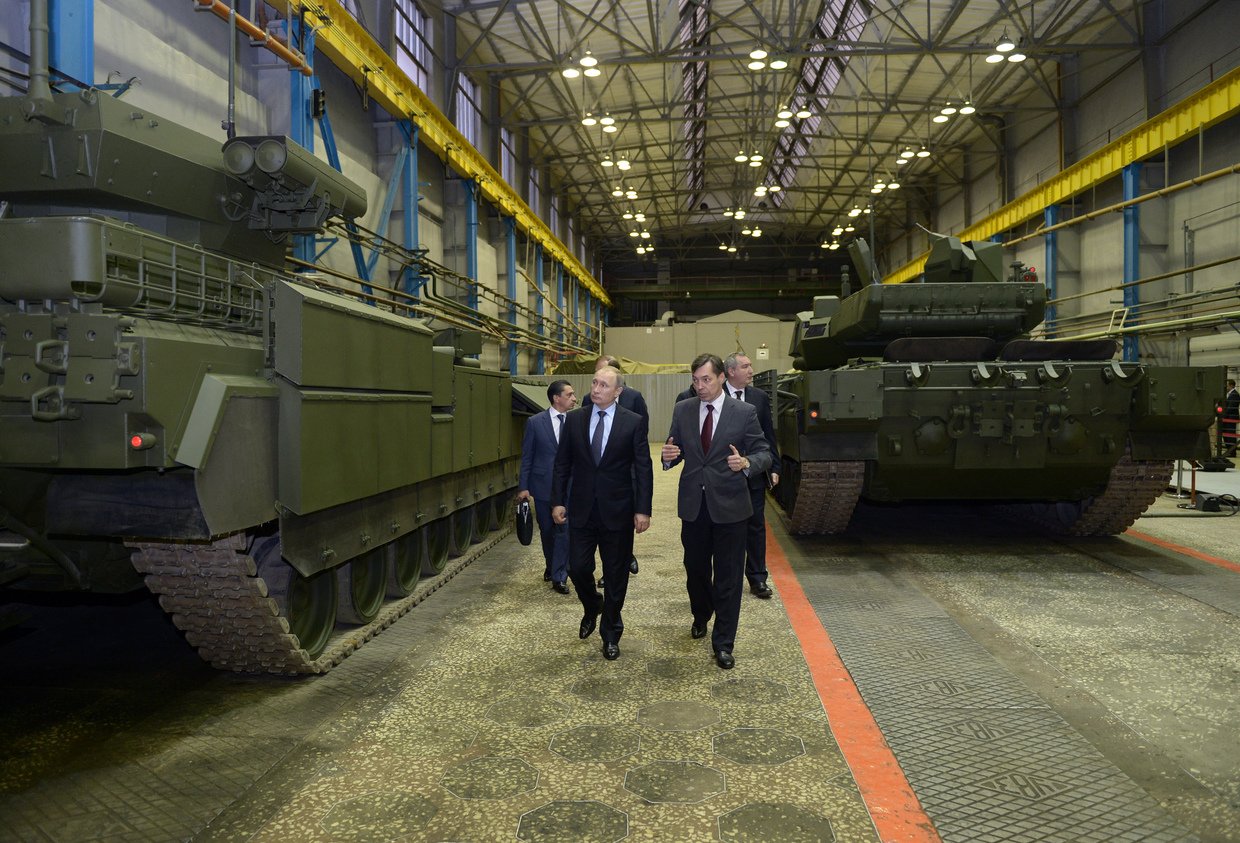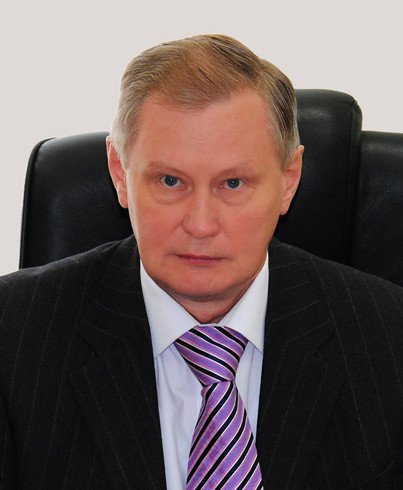Russia’s new T-14 Armata wonder-tank has all it takes to dominate the combat market
At the MILEX-2021 military exhibition in Minsk this week, the Russian Uralvagonzavod plant will present its T-14 Armata tank, a universal armored engineer vehicle, alongside a host of other advanced military hardware.
The T-14 Armata is Russia’s newest battle tank, featuring an unmanned turret and based on the Armata heavy military tracked-vehicle platform. Both the T-15 Infantry Fighting Vehicle and the T-16 Armored Recovery Vehicle (ARV) are designed on the same platform.
It is the world’s first tank with a groundbreaking new layout. Previously, tanks the world over followed the conventional design, in which the crew sits in the hull and the turret close to munitions and fuel tanks, an obvious danger to those in the vehicle. The T-14’s revolutionary design significantly increases the survival rate for crews on the battlefield. For the first time, the crew of three (commander, gunner, and driver/mechanic) will sit in a protected pressurized compartment in the front part of the vehicle, separated from fuel and munitions.
Also on rt.com ‘World’s best tank’: Russian troops can look forward to 1st deliveries of ‘revolutionary’ T-14 Armata next year, developer saysThe T-14 is equipped with a unified on-board information and control system (BIUS) for armored vehicles, designed to comply with the principles of network-centric warfare. The main element of this open architecture system is the digital information exchange network which covers all components, nodes, systems and subsystems or ‘communicants’. The network has a standard interface connecting all these communicants.
The BIUS receives information from all sensors in real time; the network can issue control commands to all motors and servomechanisms, while collecting status data from all control systems. In other words, the network has, in digital form, all the tools required to control and operate the tank. Through the BIUS, elements of the Joint Tactical Level Command and Control System (ESU TZ) are built into the vehicle, enabling it to create a unified reconnaissance and information field for battle groups that consist of different types of military forces – perfect for use in battalion tactical groups (BTGs), for example.
BTGs equipped with Armata-family vehicles can significantly reduce the number of command cycles, and have greater offensive capabilities and increased tactical flexibility.

The T-14 is the world’s first tank to use stealth technologies which reduce its signature across the entire magnetic spectrum. It is also equipped with an active protection system (APS) and a smokescreen. The Afghanit APS is the only system in the world that can effectively counter not only anti-tank rockets and missiles, but also high-speed armor-piercing sub-caliber projectiles. The smokescreen system provides cover for the vehicle from all angles, including above, from munitions with any type of guidance system, covering the entire magnetic spectrum.
The Armata tank is equipped with Malakhit fourth-generation reactive armor, which significantly reduces or completely counteracts the penetrating effect of cumulative and kinetic munitions. The tank has composite, sloped multi-layered armor made of cutting-edge materials.
Its multi-fuel diesel engine with several power-boost options guarantees the T-14’s advanced maneuverability. The suspension has been designed specifically for high speeds on rough terrain and public roads. All the systems – driving controls, engine and transmission – are automated.

In terms of firepower, the T-14 carries a 2A82-1M 125-millimetre smoothbore cannon with improved characteristics, capable of firing both regular rounds and new-generation guided missiles. The fire control system is fully digitized. Neither the gunner nor the commander has direct sight of the battlefield, operating the tank via a digital interface.
Thanks to its fully computerized firing system, all round flight parameters and trajectory are calculated automatically, and target tracking is now fully autonomous. The tank can get target assignments from other sources using the ESU TZ (joint tactical level command and control system) interface and, in turn, supply targets to battalion tactical groups for other systems to neutralize them.
The T-14 tank has every feature and characteristic in place to become one of the most popular battle tanks in the global arms market.
On the same Armata platform is an advanced heavily protected ARV called the T-16. Designed by Uralvagonzavod, this ARV comes with a set of specialized tools, such as a heavy-duty crane and a power winch for towing other vehicles. The T-16 is expected to be used to recover damaged armored vehicles and assist in repairing them close to the battlefield.
It’s crewed by three people – a commander, a special systems operator and a driver/mechanic. If the need arises, the commander can fire back with the help of a remote combat module carrying a Kord 12.7-millimetre machinegun. With three additional seats, it’s the first ARV designed to have enough space for another crew – the crew of a tank it’s towing. Its weight, engine and mobility are on par with both the T-14 and T-15 as it’s powered by the same X-shaped multi-fuel engine with an output of over 1500 hp. The exact figure is still top secret; the only thing we know is that it produces more power than any other engine used in Russian tanks.
According to some sources, the exhibition in Minsk may also see a mock-up model of a new tank support combat vehicle (or BMPT in Russian) based on the Armata platform, which is not yet ready for a full unveiling.
Currently, Uralvagonzavod is working on an Armata-based BMPT. It’s expected to carry a 57-millimetre cannon. The proposed name is Ilya Muromets – after a heroic knight of Russian folklore. This new AVT seems like a reasonable addition to the concept of a future combat system based on the Armata platform.


The idea is to make a leap from conventional units, such as a motorized rifle or a tank company, to a new combat-module system – a combination of combat and support vehicles. In practice this could look like a minimal tactical module consisting of one-to-two T-14 tanks, two-to-three heavy T-15 IFVs, a tank support combat vehicle with a 57-millimetre cannon (most likely, the Ilya Muromets), an attack machine carrying a powerful 152-millimetre cannon, a command and control unit and a support vehicle.
There are good reasons to believe that such a tactical module would be more efficient than conventional units. Additionally, all vehicles in the group would be similar in terms of speed and defense capabilities.
Given the considerable differences between conducting combat operations in dense urban areas, desert or mountainous terrain, and forests or wetlands, it is important to have an organizational structure of units able to adapt to the battlefield environment and the equipment that the enemy will use.
A combination of multiple modules is required to effectively carry out different combat missions. When necessary, the unit (the battle group) can be equipped with anti-aircraft missile modules or artillery modules, a combat engineer vehicle, an armored vehicle-launched bridge, a minelayer or an armored mine-clearing vehicle. In other words, the structure of the battle-group unit can be adapted to the specific combat environment expected at any given time. Essentially, the commander would use something akin to a Lego construction set to assemble, part by part, units perfectly suited for the upcoming battle. This flexible platform is a gift for the armed forces.
Also on rt.com Roll on to Red Square! Russia set to showcase next-gen T-14 Armata battle tanks in military parade marking defeat of Nazi GermanySimilar ‘modular systems’ have been tried out during past armed conflicts. For example, a combat group would be assembled, consisting of one or two tanks, up to three IFVs, one or two ZSU-23-4 anti-aircraft self-propelled weapon systems to fire at the upper floors of buildings, combat engineers and flamethrower operators.
But these were makeshift teams with personnel and equipment all coming from different units, meaning that the crews had little to no history of teamwork or shared combat experience. Had all of these issues been addressed during combat and operational training in peacetime, these teams’ effectiveness in actual combat would be much higher.
If you like this story, share it with a friend!
The statements, views and opinions expressed in this column are solely those of the author and do not necessarily represent those of RT.















